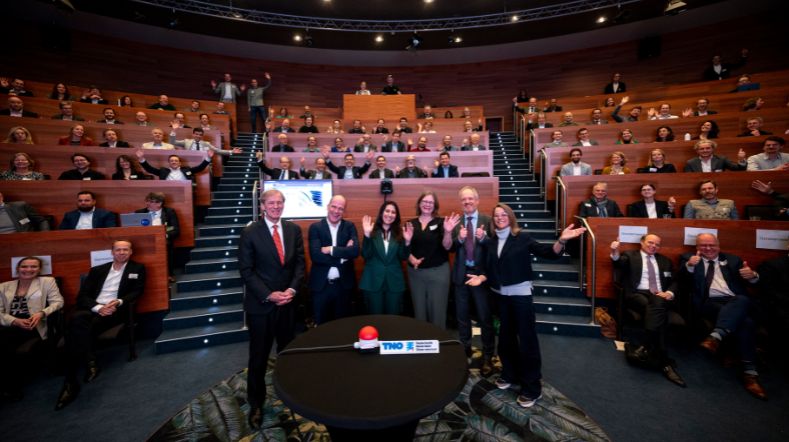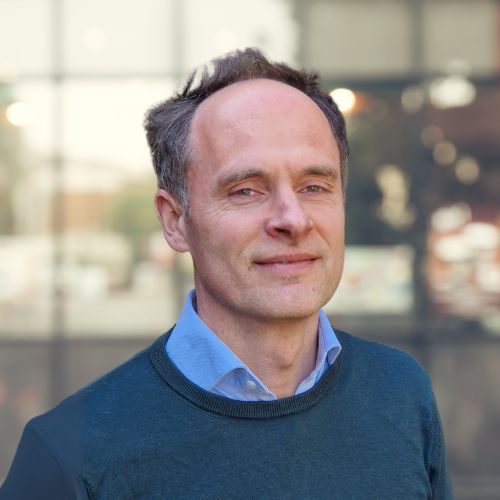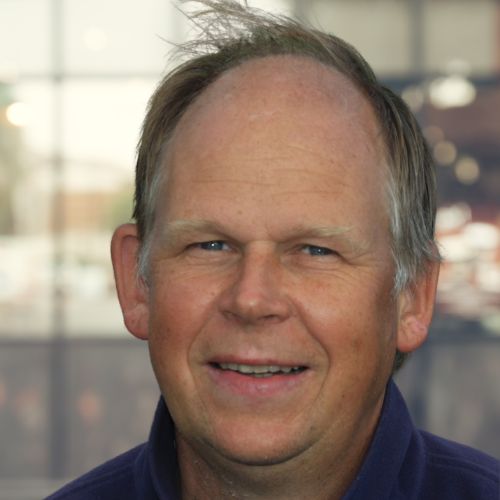
Geological Survey of the Netherlands: sustainable use of the subsurface
Within TNO, the Geological Survey of the Netherlands is organised as a knowledge centre of the subsurface. With state-of-the-art public information, research and technology, we contribute to a sustainable Netherlands.
Go directly to:
- Geothermal energy
- Conversion and storage
- Soil subsidence
- Groundwater
- Digital subsurface
- International
For decades, we have tended to use our knowledge of the subsurface for exploitation: coal in Limburg, natural gas in Groningen, groundwater for drinking, and sand and gravel for construction. Due to climate change and what this means for our future, everyone now realises that it has to be more sustainable.
Fossil fuel production is in its final phase; we are switching to renewable alternatives and now also need the subsurface for energy and CO2 storage. An abundance of water is no longer self-evident; we need a better picture of the availability and quality of our groundwater. And future-proofing the structure of our land requires an even more precise three-dimensional map of the subsurface.
Geological Survey of the Netherlands
Visit the website of the Geological Survey of the Netherlands, part of TNO.
Geothermal energy
Geothermal heat is not new. There are some twenty places in our country where this source is tapped. For example, horticulturists account for no less than three petajoules (PJ) a year. The Climate Agreement provides for the number of geothermal energy sources to grow to seven hundred doublets by 2050, which together will produce 200 PJ of heat for businesses and residential areas.
With ultra-deep geothermal energy (produced at a depth of least four kilometres), heat can be supplied to heavy industries that need higher temperatures. In our field lab 'Rijswijk Centre for Sustainable Geo-energy' (RCSG), we are developing and innovating together with companies and universities in order to take major steps in geothermal heat.
Conversion and storage
The subsurface is no longer just a source of, but also a storage medium for energy. Empty gas fields under the North Sea, salt caverns or mines in the south of our country can be used to store energy on a large scale and in various forms. TNO is investigating how this can be done effectively and safely.
If you convert surpluses of sustainably generated electricity, for example, into hydrogen and store them underground, you can use them at any time in industry or for heating buildings. Buffering makes our energy system flexible and guarantees security of supply in a sustainable way.
Our energy supply is currently far from carbon-neutral. As long as we continue to emit a lot of CO2, TNO is investigating where and how we can safely store this greenhouse gas.
Soil subsidence and soft soil
In the Dutch lowlands, we have been draining peat and clay soils on a large scale for centuries, causing them to sink in, whereby subsidence occurs and dry milling becomes increasingly difficult. How do we break this vicious circle?

In areas with soft soil, subsidence causes a lot of damage to buildings and infrastructure, resulting in enormous costs for citizens and government. In South Limburg, subsidence is caused by the collapse of abandoned mineshafts and by natural causes. In the Northern Netherlands, the soil is subsiding due to deep mining and the incidence of peat near the surface.
How do you unravel all these causes and mechanisms? With our knowledge of the subsurface and the processes that occur there, we can indicate where soil subsidence and sinking occur and what the connection is with human activity. For example, we advise on the effects of mining and the information we provide helps to reduce the costs of building and construction.
Groundwater in the picture
Our changing climate is sometimes accompanied by flooding and sometimes by water scarcity. Our intensive use of land and water has consequences for water quality in many ways. Not only above ground but also underground.
In our groundwater research we see the interaction between human activity and natural processes. With our data, mapping and knowledge, we visualise groundwater, its quality and risks. In this way, we contribute to sustainable groundwater management. We conduct a lot of research in collaboration with other knowledge institutions such as Wageningen University & Research, Deltares and RIVM.
Digital subsurface
The enormous wealth of data and information on the Dutch subsurface that we have built up over more than a century has largely been digitalised and is thus available again and again for new concerns. The recent Wet op de Basisregistratie Ondergrond (2015) (Act on the Key Register of the Subsurface) regulates a greatly increased influx of digital subsurface data into a single national register managed by TNO.
The information position of the Geological Survey of the Netherlands is internationally unique. Not only because of its size, but also because of its accessibility. If data has been created with taxpayers' money, then this is open data.
As such, the Dutch subsurface is and remains the best known in the world and we help governments, companies and other stakeholders with their plans and decisions.
International
The Geological Survey of the Netherlands has a sister organisation in every country in the world. In Europe, 37 geological services cooperate under the flag of a Brussels-based umbrella organisation EurGeoSurveys. Together we are as diverse as the geology of the European continent. Each geological service has certain specialisations. They complement each other and enable us to learn from each other. In this way, we are successful in EU-funded programmes, in which we are currently bringing together our data, knowledge and systems to provide information services on a European scale.
The Geological Survey of the Netherlands operates in a country on the edge of the North Sea basin, with a characteristic combination of geological conditions, resources and risks. The high degree of specialisation in this area, which we have been able to build up in favourable economic conditions, is internationally leading. This has not gone unnoticed. For example, we are helping countries in Africa and the Middle East to organise the provision of geological information. The knowledge we acquire abroad will be reused in the Netherlands.
Get inspired
Geology of the Netherlands: the wealth of knowledge under our feet
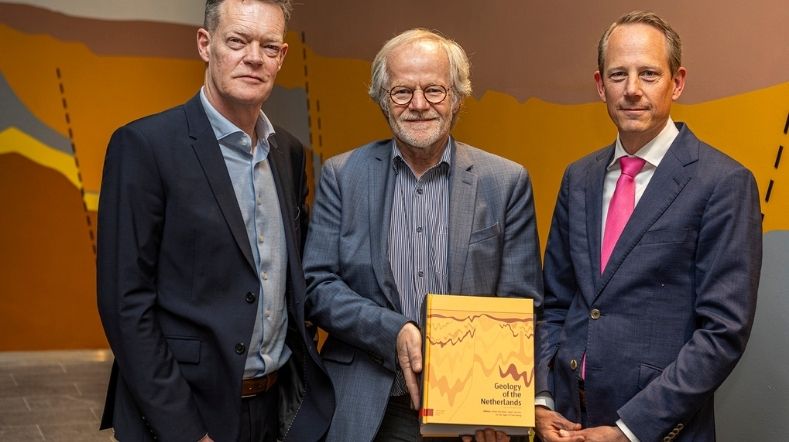

How fast did sea levels rise after the last ice age?
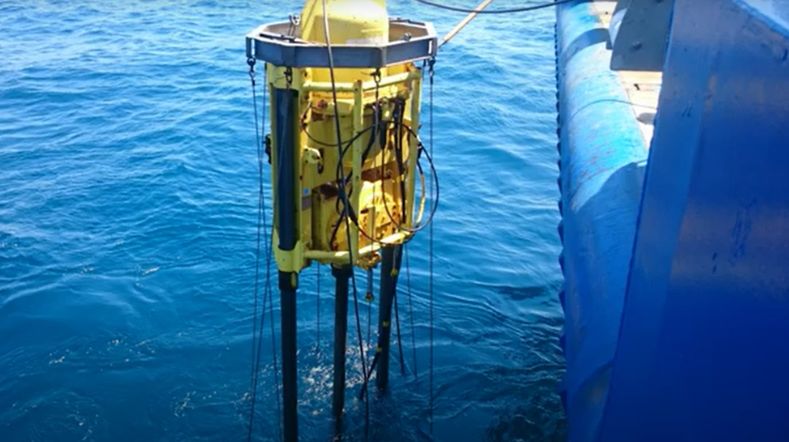

TNO presents new edition of 'Geology of the Netherlands'
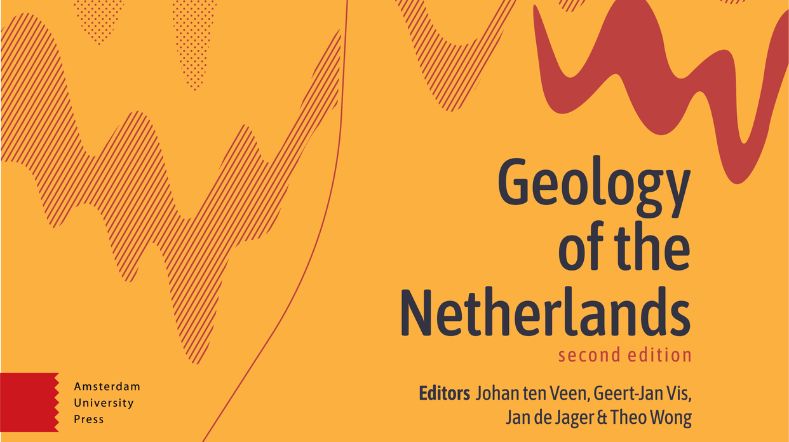

Hydrology and Reservoir Engineering
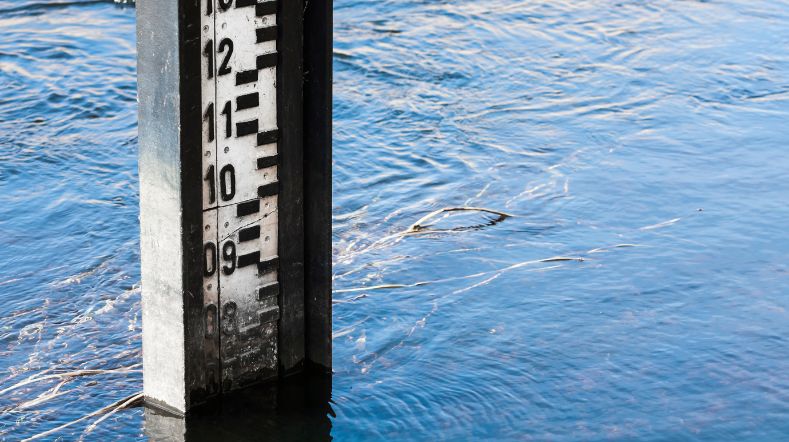

Netherlands Materials Observatory (NMO) officially opened
